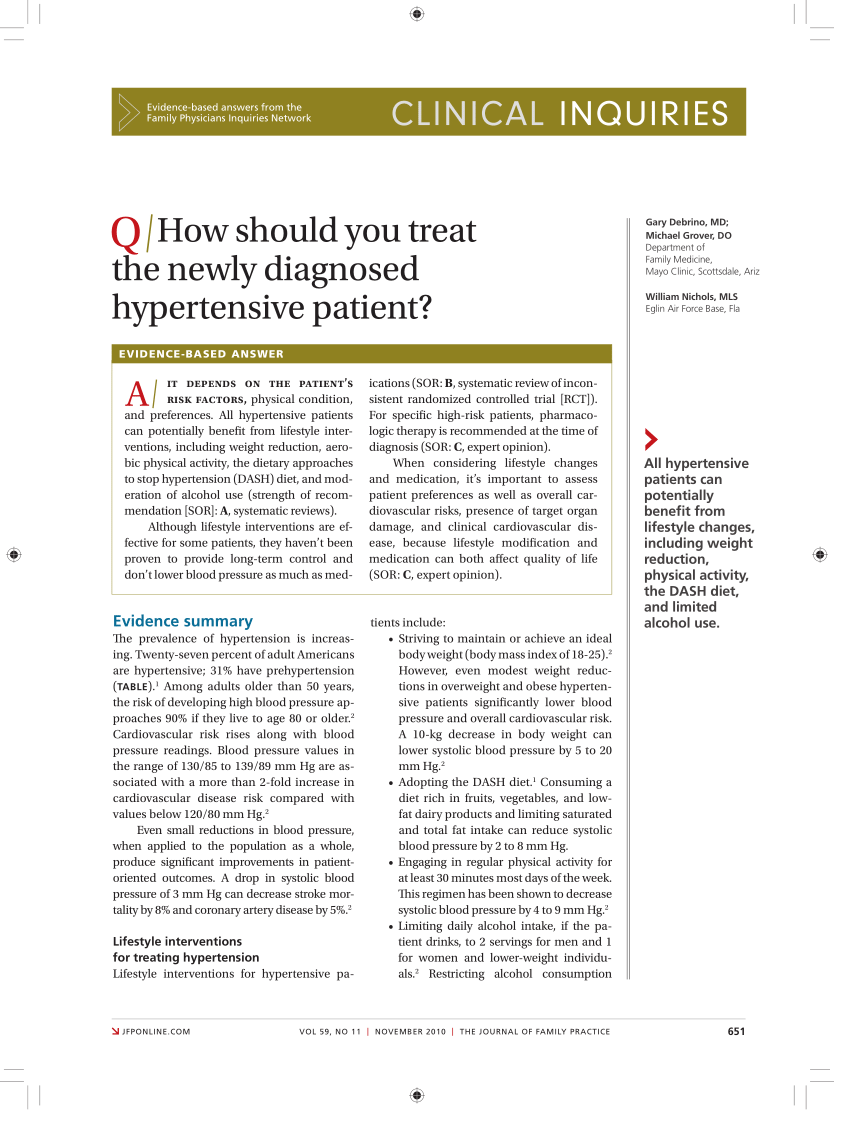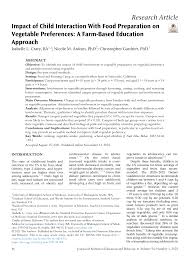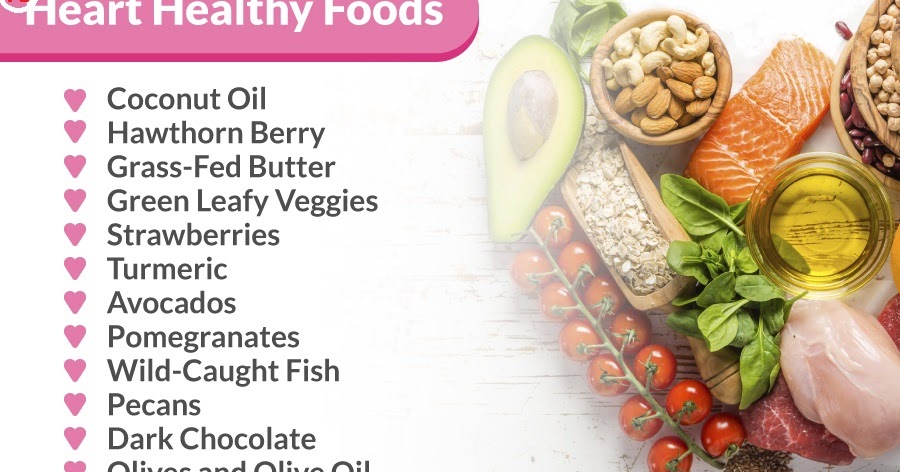
Although it may seem daunting to create a family-friendly menu, there are some things you can do. Consider substituting liquid fats for solid fats. You can also use olive oil in place of butter. It is also healthier. Next, you should choose whole grains over refined sugar and white flour. Try introducing a new vegetable each week. You should introduce a different variety of vegetable each month to encourage your children to eat more vegetables.
Talk to your family about your preferences and changes to menus when planning. Children will often follow in the footsteps of their parents, so it's important to set a good example. It is important to set goals and stick with them. You need to get your family on board with your new lifestyle plan. This will ensure that they support you and prevent common pitfalls. You can create a family menu and become a role model by getting your family involved.

Encourage your children to participate in the preparation of meals. Allow kids to help prepare their meals at home, especially if it's a family meal. Encourage your kids to take responsibility for their meals, and offer them a wide variety of foods. You can also motivate them by offering rewards beyond food. If you're raising younger children, consider using a reward system. They can get extra screen time or an allowance if they eat certain foods.
Even though most people don’t know it, sharing meals with the family can prove to be a great way to bond. It keeps you connected to your family and helps them stay motivated. Studies have shown that healthy eating habits are more common in children who eat together with their parents. It's good for your kids' health and self-esteem. This will set you and your loved ones on the right path to promoting healthy eating habits and a positive outlook.
More vegetables will make your family meals healthier. While it may not be possible to include all of the recommended servings of vegetables at every meal, it is important to incorporate fruits and vegetables at each meal. You don't have to cook a huge meal for the entire family. You can increase your children's daily consumption by incorporating a variety if vegetables into your meals. The more vegetables that you can add to your meals the better.

Also, try to avoid processed foods when planning meals for the family. Reducing refined grains can be replaced with whole grains to make healthier substitutions. You should aim for half your family's grains being whole grains. This includes pasta, whole grain bread, and brown sugar. You can also replace whole grains with healthy dips such as bulgur, whole wheat couscouscous or quinoa.
FAQ
What is the best food for me?
There are many factors that influence the best diet, including your gender, age, weight, health condition, lifestyle, and personal preferences. Consider how much energy and low-calorie foods you consume, as well as whether or not you are a fan of fruits and vegetables.
Intermittent Fasting is an alternative to traditional fasting if you are looking to lose weight. Intermittent fasting allows you to consume only certain meals per day, instead of eating three large meals. This approach may prove to be more beneficial than traditional diets that have daily calorie counts.
Some studies suggest that intermittent fasting may improve insulin sensitivity and reduce inflammation, which can lead to improved blood sugar levels and reduced risk of diabetes. Research also shows that intermittent fasting may increase fat loss and improve overall physique.
Why is it so important to lead a healthy lifestyle
A healthy lifestyle will help us live longer and happier lives. Healthy eating habits, regular exercise, healthy sleep habits, stress management, and good sleep habits can help to prevent heart disease, stroke, diabetes, cancer, and other serious diseases.
A healthy lifestyle helps us cope better when we are faced with everyday stresses. A healthy lifestyle will help us feel more confident and younger.
What should my diet consist of?
You should eat lots of vegetables and fruits. They are rich in vitamins that can strengthen your immune system. Additionally, vegetables and fruits are high fiber. This helps with digestion and keeps them full. Aim to eat five to six servings of fruit each day.
Make sure you drink plenty of water too. Water flushes toxins from your body and helps you feel full between meals. Drink about eight glasses each day.
Consume whole grains and not refined. Whole grains are rich in nutrients such as iron, zinc and magnesium. Refined grains lack some nutrition.
Sugary drinks are best avoided. Sugary drinks are full of empty calories and lead to obesity. Instead, choose water, milk, and unsweetened tea.
Avoid fast food. Fast food has little nutritional value. You won't get the energy you need to function well, despite how delicious it may be. Use healthier options, such as soups, sandwiches, salads, and pasta.
Limit your alcohol intake. You can reduce your intake of alcohol by limiting the amount of empty calories. Limit yourself to no more than two alcoholic beverages a week.
Red meats should be avoided. Red meats can be high in cholesterol and saturated fat. Choose lean cuts such as beef, pork and lamb, chicken, fish, or turkey.
Statistics
- In both adults and children, the intake of free sugars should be reduced to less than 10% of total energy intake. (who.int)
- The Dietary Guidelines for Americans recommend keeping added sugar intake below 10% of your daily calorie intake, while the World Health Organization recommends slashing added sugars to 5% or less of your daily calories for optimal health (59Trusted (healthline.com)
- This article received 11 testimonials and 86% of readers who voted found it helpful, earning it our reader-approved status. (wikihow.com)
- According to the 2020 Dietary Guidelines for Americans, a balanced diet high in fruits and vegetables, lean protein, low-fat dairy and whole grains is needed for optimal energy. (mayoclinichealthsystem.org)
External Links
How To
What does the term "vitamins" mean?
Vitamins are organic compounds naturally found in food. Vitamins are essential for our bodies to absorb nutrients from the foods we eat. Vitamins are not made by the body, so they must be obtained through food.
There are two types: water-soluble and fat-soluble vitamins. Water-soluble vitamins dissolve in water easily. These include vitamin C (thiamine), Vitamin B1 (riboflavin), Vitamin B2 (riboflavin), Vitamin B3 (niacin), Vitamin B6 (pyridoxine), Vitamin C, B1 (thiamine), Vitamin B2 (riboflavin), Vitamin B3 (niacin), and Vitamin B6 (pyridoxine). The liver and fatty tissues are home to fat-soluble vitamins. Some examples include vitamin D and E, K, A and beta carotene.
Vitamins are classified according their biological activity. There are eight main groups of vitamins.
-
A - Essential for healthy growth and health maintenance.
-
C is important for nerve function and energy production.
-
D - essential for healthy bones, teeth, and gums.
-
E is necessary for good vision, reproduction.
-
K – Required for healthy nerves & muscles.
-
P - Vital for strong bones and teeth.
-
Q - aids digestion, absorption and absorption iron
-
R is required for the production of red blood cells.
The recommended daily intake (RDA), of vitamins varies with age, gender and physical condition. The U.S. Food and Drug Administration, (FDA), sets the RDA value.
For adults over 19 years, the RDA is 400 mg per day for vitamin A. Pregnant mothers need 600 micrograms per days because it is vital for the development and growth of their baby. Children ages 1-8 require 900 micrograms per day. Babies under one-year old require 700 mg per day. Between 9 and 12 years of age, however, this drops to 500 mg per day.
Children aged between 1-18 years require 800 micrograms of sugar per day, while overweight children need 1000 micrograms. Children who are underweight receive 1200 micrograms every day to meet their nutritional requirements.
Children ages 4-8 years who have been diagnosed with anemia need 2200 micrograms per day of vitamin C.
2000 micrograms daily is required for adults over 50 to maintain their general health. Mothers who are pregnant, nursing, or have a high nutrient need will require 3000 micrograms a day.
Adults over 70 years of age need 1500 micrograms per day since they lose about 10% of their muscle mass each decade.
Women who are pregnant and lactating need more nutrients than the RDA. Pregnant mothers need 4000 micrograms per daily during pregnancy and 2500 after giving birth. Breastfeeding mothers require 5000 micrograms daily when breast milk production is occurring.